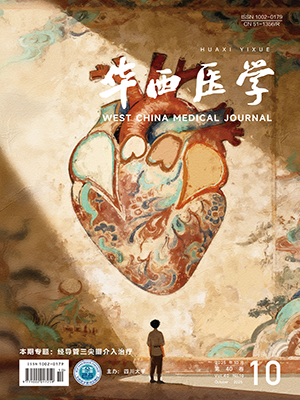Citation: ZhangJing, ZouMing, ChiJimin, ZhangFeng, ZhangHongmei. Value of Joint Fluid and Blood-related Indicators in the Diagnosis of Gouty Arthritis and Rheumatoid Arthritis. West China Medical Journal, 2016, 31(8): 1376-1379. doi: 10.7507/1002-0179.201600375 Copy
Copyright © the editorial department of West China Medical Journal of West China Medical Publisher. All rights reserved
-
Previous Article
Detection and Correlation Analysis between Anti-cell Membrane DNA Antibody and Other Autoantibodies -
Next Article
The Clinical Significance of Monitoring Homocysteine Levels in Peripheral Blood of Advanced Non-small Cell Lung Cancer Patients during Gemcitabine with Cis-platinum Program of Chemotherapy




